
Predicting the Woman Hairstyles of the Future: 7 Trends Shaping the Next Decade | Tech & Sustainability
12 min read

12 min read

12 min read

14 min read
Download our app to instantly see how you'd look with any hairstyle or color
Get the App
13 min read

12 min read

10 min read
Download our app to instantly see how you'd look with any hairstyle or color
Get the AppHaving a full, thick head of hair is something many people dream of. It’s a sign of health and vitality, offering endless styling possibilities and incredible natural volume. However, those blessed with such luscious locks know it can also present a unique set of challenges. Thick, heavy hair can often feel bulky, unruly, and difficult to manage. It can take ages to dry, resist holding a style, and even lead to headaches from its sheer weight. The secret to transforming this challenge into your greatest asset isn't about fighting your hair's nature, but embracing it with the right haircut. The best haircuts to enhance thick, heavy hair are designed to remove weight, create movement, and introduce a shape that is both flattering and manageable.
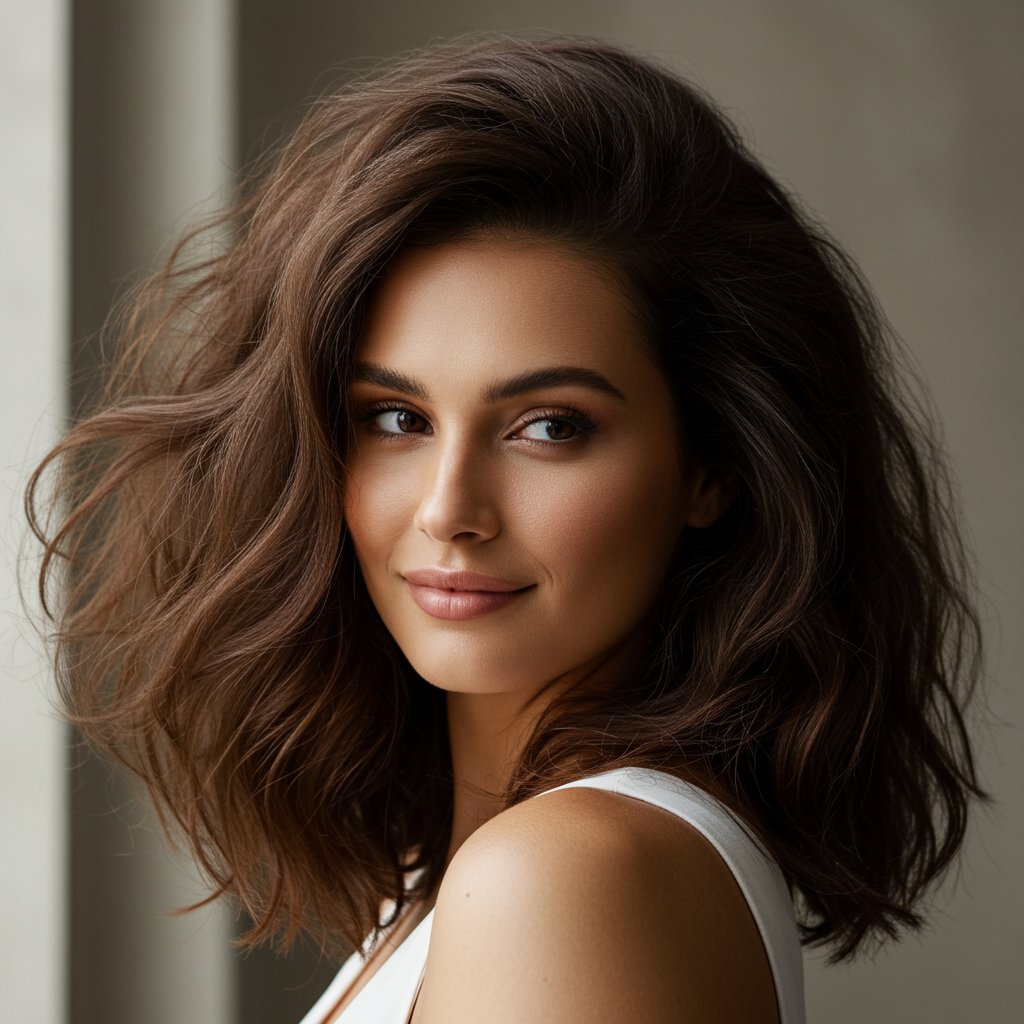
Choosing the perfect cut is a collaborative process between you and an experienced stylist who understands the architecture of hair. It involves a strategic approach to texturizing, layering, and shaping that respects your hair's natural tendencies. Forget the days of battling the dreaded 'triangle' shape or feeling like your hair is wearing you. Instead, envision a style that feels lighter, looks dynamic, and showcases the incredible density you possess. This guide will walk you through the most effective and stylish haircuts specifically designed for thick hair, from long, flowing layers to daringly chic short cuts, helping you find the perfect match to unlock your hair's full potential.
---
Layering is arguably the most crucial technique in a stylist's arsenal when dealing with thick, heavy hair. However, not all layers are created equal. The wrong kind can create frizz or a dated, choppy look. Strategic layering, on the other hand, is an art form. It’s about carefully placing layers throughout the hair to remove internal bulk without sacrificing length, creating a seamless and fluid silhouette. An expert stylist will use techniques like 'invisible layers' or 'internal layers,' where shorter pieces are cut underneath the top sections. This method debulks the hair from the inside out, allowing the outer surface to lay smoothly while feeling significantly lighter.
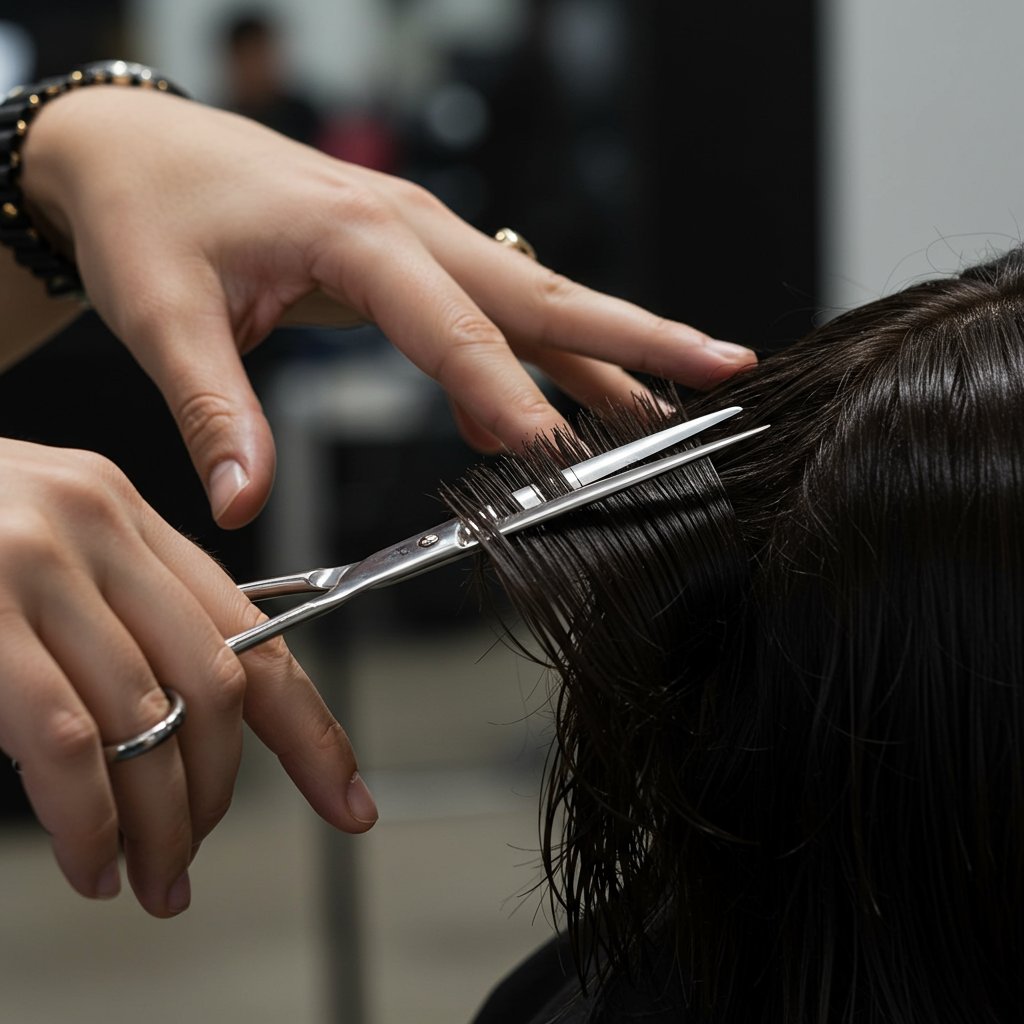
---
The shag haircut has made a major comeback, and for good reason—it’s practically tailor-made for thick hair. This style is defined by its heavy layering, particularly around the crown, and feathered texture throughout the lengths and ends. This inherent structure is perfect for removing a significant amount of weight from the densest part of the head, creating lift at the roots and a more tapered, airy look towards the bottom. The modern shag is less extreme than its 70s predecessor, offering a softer, more versatile frame for the face.

What makes the shag so effective for thick hair is its ability to work with natural texture. If you have wavy or curly thick hair, a shag will enhance your natural pattern, creating a beautiful, intentionally tousled look that requires minimal effort. The layers prevent the curls from becoming one solid mass, allowing individual tendrils to stand out. For those with straight but thick hair, the shag introduces movement and body that might otherwise be missing. It's a wash-and-go style that thrives on a bit of imperfection, making it ideal for a low-maintenance yet high-impact look.
Styling a shag is all about embracing its texture. A sea salt spray or a texturizing mousse worked into damp hair can help define the layers and encourage that lived-in feel. Often, air-drying is the best approach. The layers are cut in a way that allows them to fall into place naturally, reducing the need for extensive heat styling and preserving the health of your dense strands. It's a haircut that celebrates freedom, movement, and the beautiful volume of thick hair.
---
The long bob, or 'lob,' is a universally flattering haircut that strikes the perfect balance between short and long hair. For those with thick hair, it's a particularly brilliant option. A lob that rests on the collarbones or shoulders has enough length to weigh the hair down slightly, preventing the puffiness that can sometimes occur with shorter bobs, yet it’s short enough to feel liberatingly light compared to long hair. The key to a successful lob on thick hair is in the details of the cut.
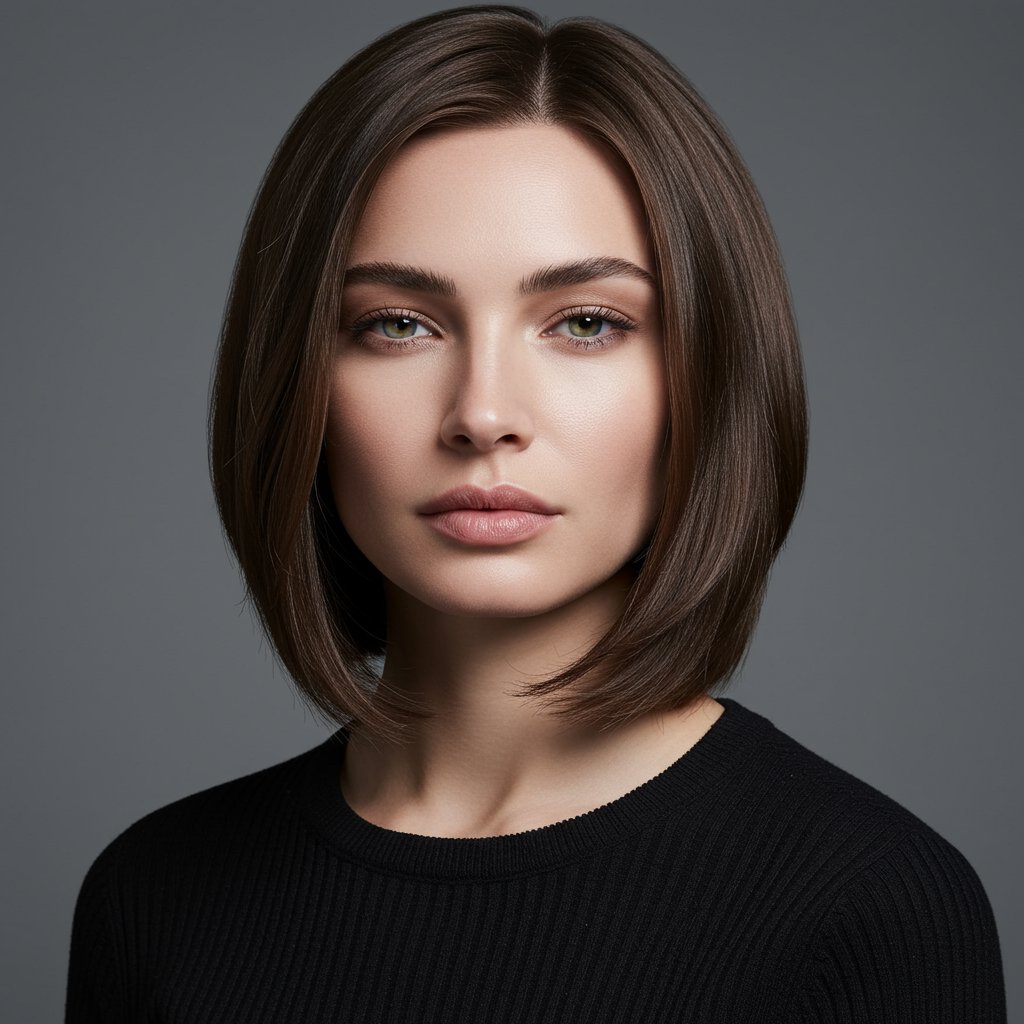
---
There's a persistent myth that women with thick hair can't pull off short styles like the pixie cut. This could not be further from the truth. In fact, a well-executed pixie cut can be one of the most freeing and flattering styles for thick hair, as it removes almost all of the weight and maintenance. The secret lies in a cut that is tailored to your hair's density and head shape. A pixie designed for thick hair isn't a one-size-fits-all approach; it requires precision and a deep understanding of texture.
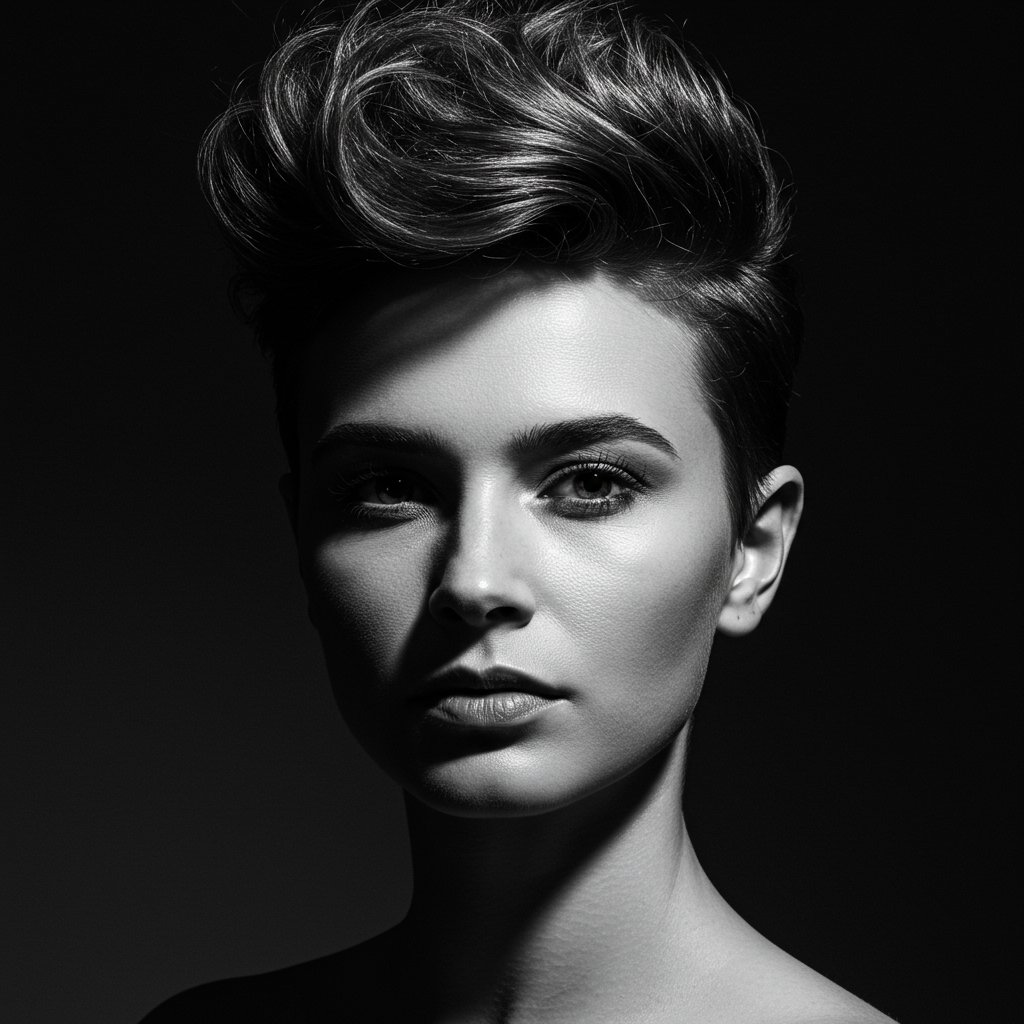
An experienced stylist will often incorporate an undercut or closely cropped sides to manage the bulk. This removes a significant amount of hair where it's densest, allowing the longer pieces on top to lay beautifully without creating a 'helmet' effect. The top section can be left longer and heavily texturized, giving you plenty of styling options. You can sweep it to the side for a sophisticated look, spike it up with some pomade for an edgy vibe, or wear it forward as a soft fringe. The texture is what gives the cut its shape and prevents it from looking puffy.
This cut is the ultimate statement in low-maintenance chic. Drying time is reduced to mere minutes, and styling is often as simple as working a small amount of styling cream or wax through your hair with your fingers. It highlights your facial features, such as your eyes and cheekbones, and exudes confidence. If you're tired of the weight and time commitment of longer hair, a bold, textured pixie is a powerful and stylish alternative that proves thick hair can, and should, go short.
---
For those who adore their long, thick tresses and can't imagine parting with them, the goal isn't to remove length, but to manage its weight and density. Keeping long, thick hair healthy and shapely requires a specific cutting approach that enhances its natural beauty without letting it become overwhelming. The right cut will add movement, prevent the hair from feeling like a heavy curtain, and make daily styling a much more pleasant experience.
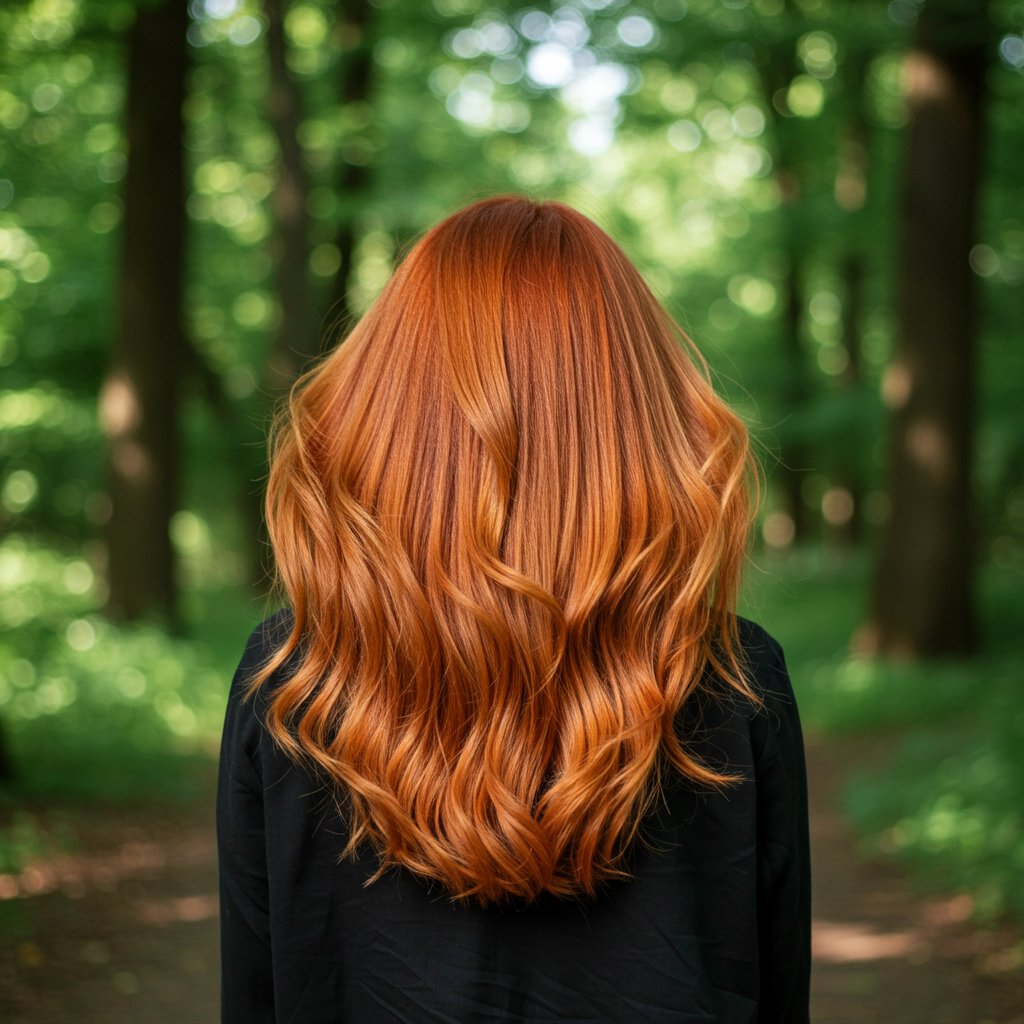
---
Once you have the perfect haircut, the right maintenance and styling routine will ensure it looks its best every day. Thick hair has its own set of needs, and catering to them will make all the difference.
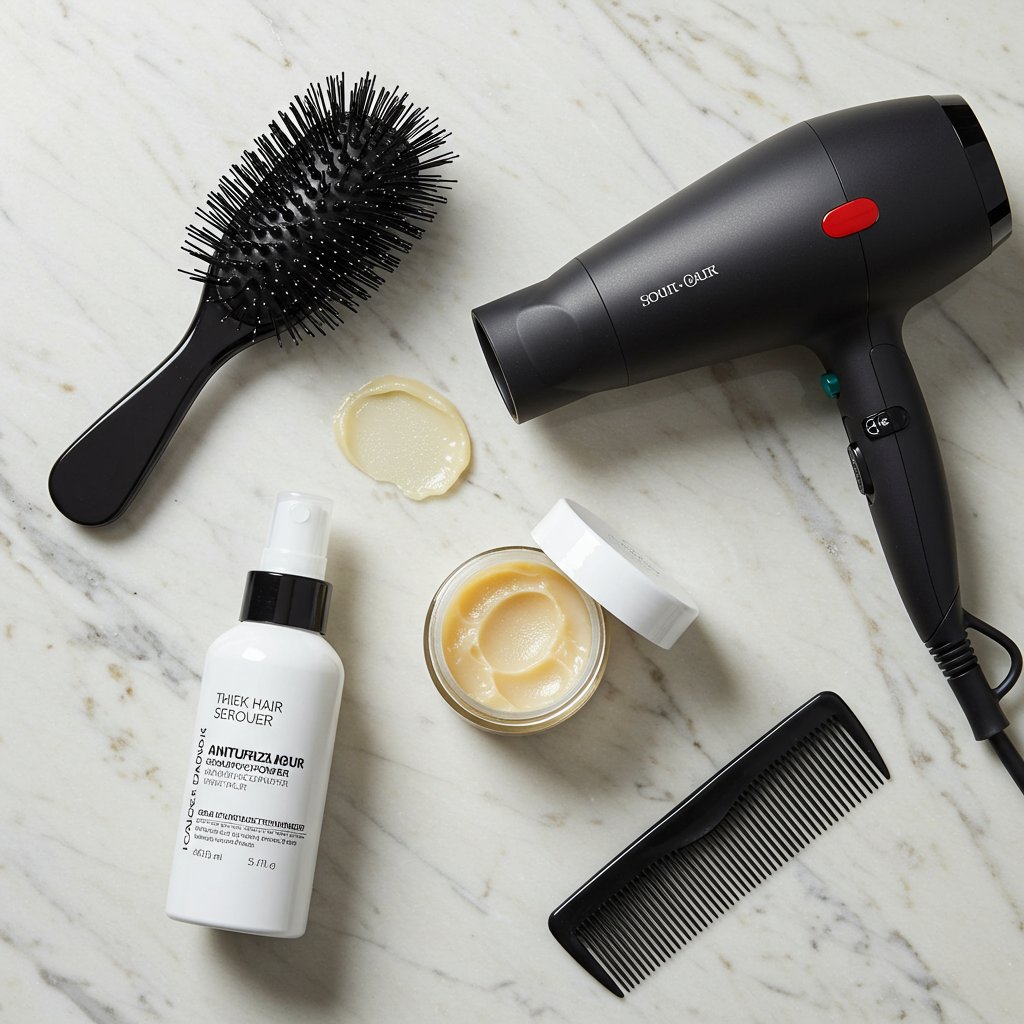
---
---
Thick, heavy hair is not a burden; it's a canvas for stunning, voluminous styles. By choosing a haircut designed to work with your hair's natural density, you can eliminate the challenges of weight and manageability, replacing them with movement, shape, and effortless style. From the airy layers of a modern shag to the sharp sophistication of a textured lob or the bold confidence of a pixie, there is a perfect cut waiting to enhance your locks.
The most important step in this journey is communication with a professional hairstylist. An open conversation about your lifestyle, styling habits, and hair goals will allow them to tailor a cut that is not only beautiful but also perfectly suited to you. Embrace the volume, celebrate the density, and step out with a haircut that finally allows your magnificent thick hair to shine.
Download our app to instantly see how you'd look with any hairstyle or color
Get the App
12 min read

12 min read

14 min read